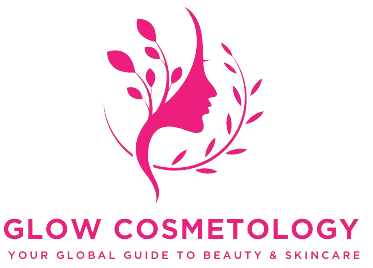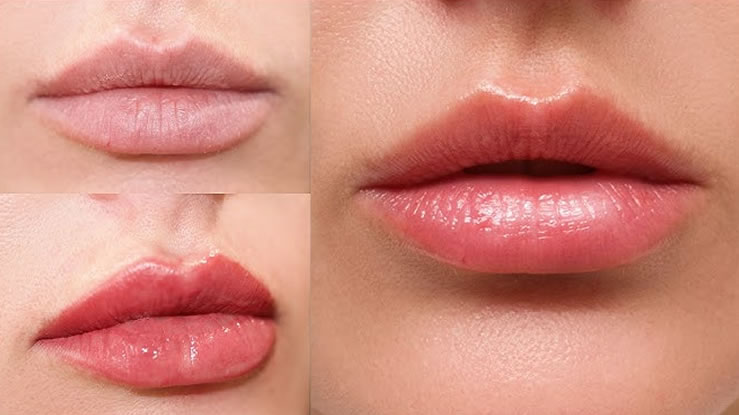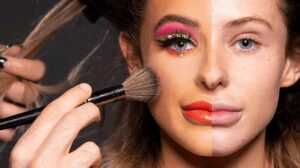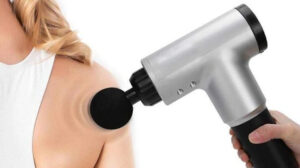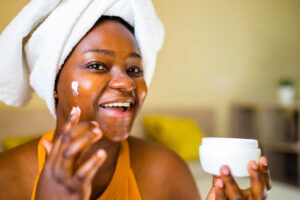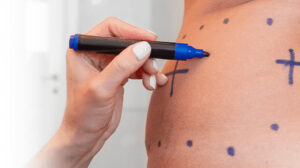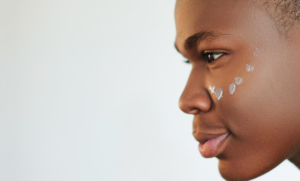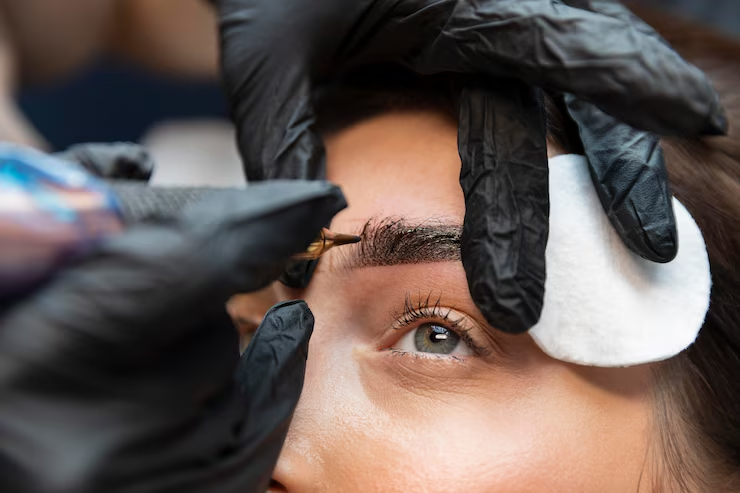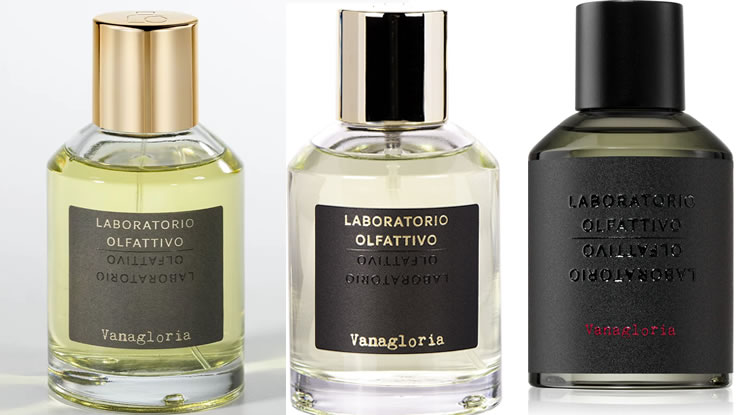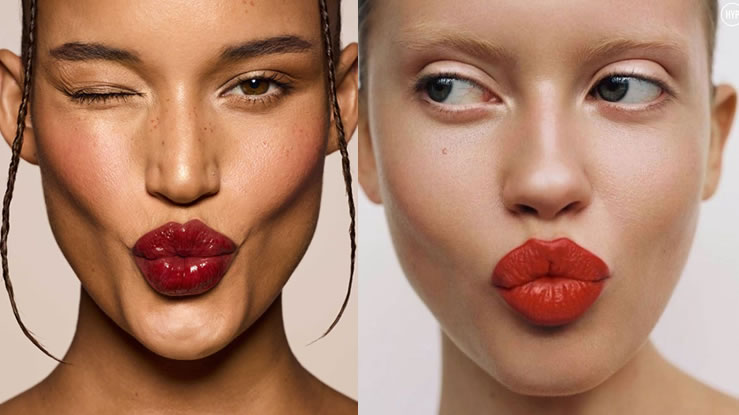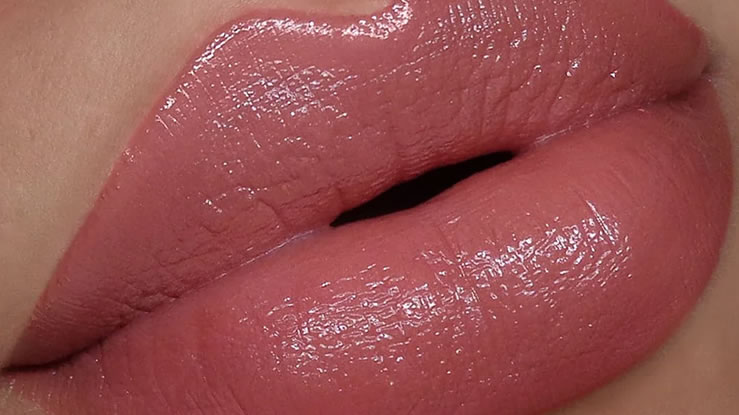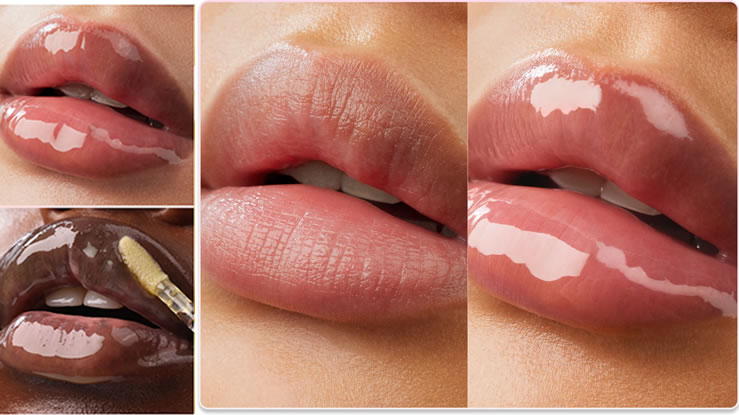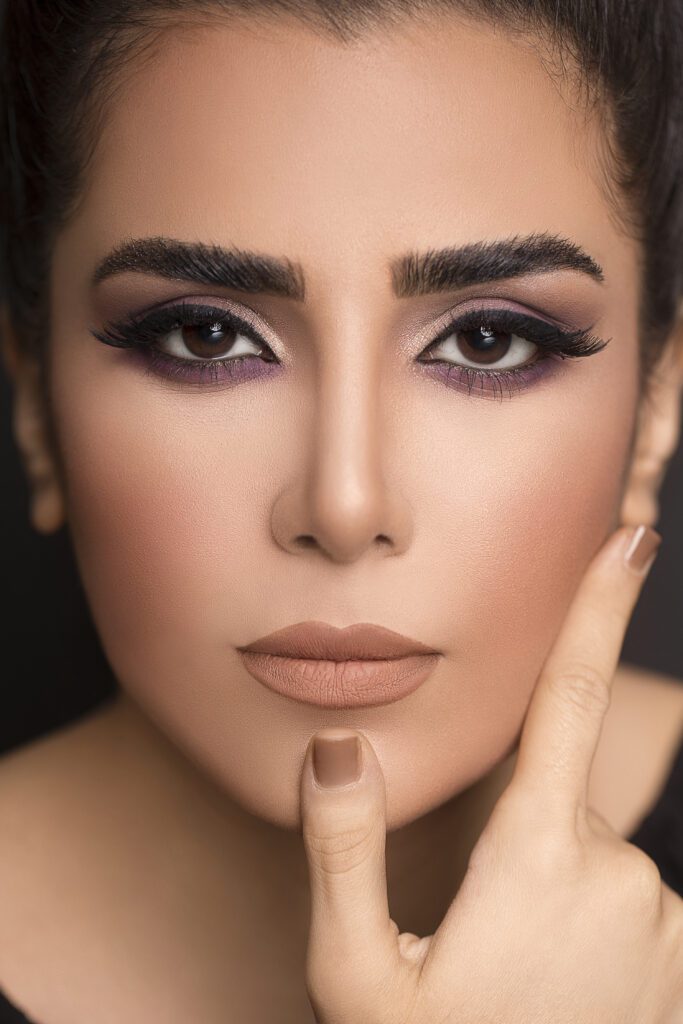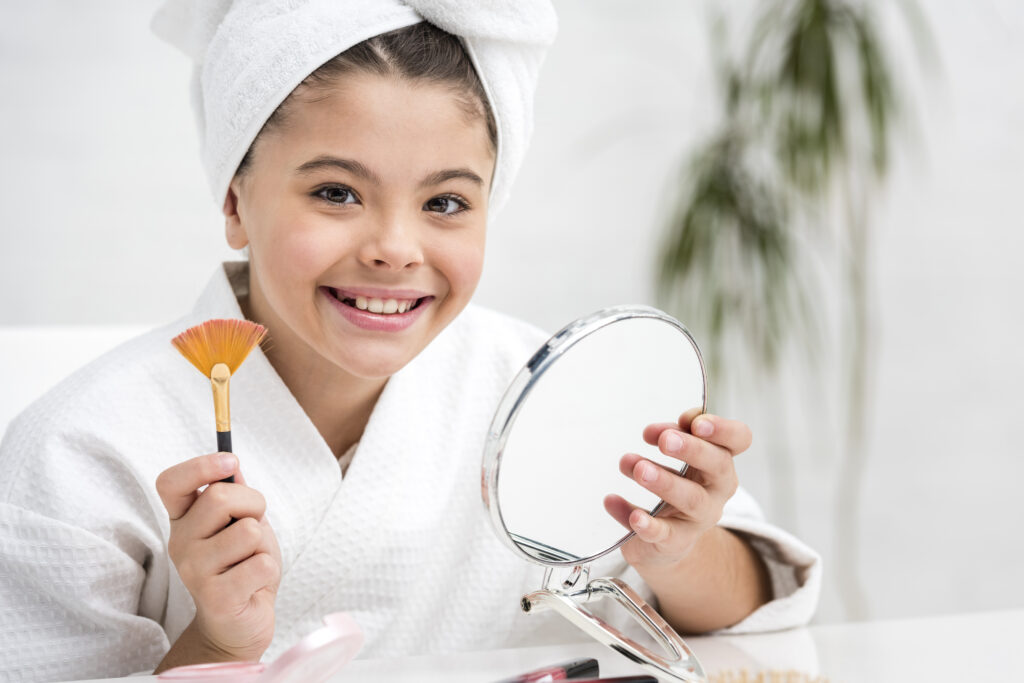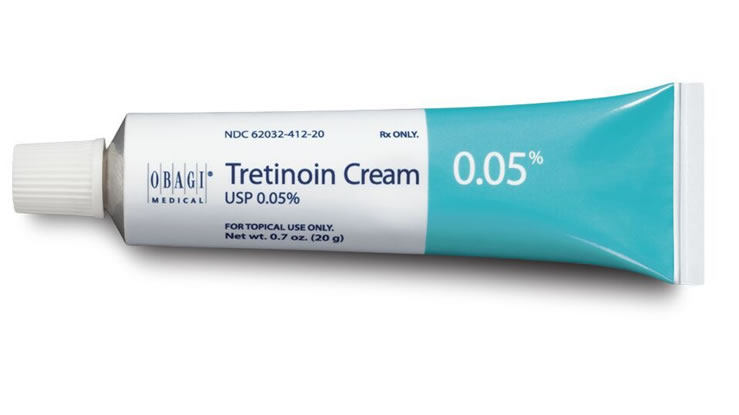Lip blushing is a semi-permanent cosmetic procedure designed to enhance the natural color and shape of the lips. It involves depositing pigment into the lips using a method similar to tattooing. Unlike traditional tattoos, the pigment used for lip blushing is softer and designed to fade over time. The result is a subtle enhancement that gives the lips a fuller, more defined appearance with a natural flush of color.
Lip blushing is often used to correct uneven lip tone, restore color lost due to aging, or give the lips a slightly fuller look without the use of fillers. The procedure is customizable, allowing clients to choose colors that best suit their skin tone and preferences.
How Lip Blushing Is Performed
The procedure starts with a consultation to discuss the desired outcome. The technician then maps out the shape of the lips, selecting a pigment color that complements the natural lip tone. A topical numbing cream is applied to minimize discomfort during the procedure.
Using a small, mechanized needle, the technician deposits pigment into the lips in layers. This process usually takes two to three hours. Most clients experience minimal pain thanks to the numbing agents used. After the procedure, the lips appear darker and more saturated than the final healed result. Over time, the color fades to a more natural-looking hue.
Read Also>>>Why Gen Z and Millennials are obsessed with hydrated, glossy lips.
The Healing Process
Healing from lip blushing typically takes four to six weeks. The initial few days are marked by swelling, tenderness, and dryness. The color appears vibrant and intense at first, but this fades significantly during the peeling phase.
During the first week, lips begin to scab and flake. It’s essential not to pick at them to avoid uneven color loss. A moisturizing balm recommended by the technician should be applied to keep the lips hydrated. Over the following weeks, the color settles, and the true shade becomes visible.
A follow-up session is often required six to eight weeks after the initial procedure. This touch-up allows the technician to fill in areas where pigment may not have retained well and to make any necessary adjustments.
How Long Lip Blushing Typically Lasts
One of the most common questions about lip blushing is how long the results last. On average, lip blushing lasts between two and three years. However, several factors influence this timeline, and the pigment will gradually fade over time.
In some cases, results may last only 12 to 18 months, while others enjoy color retention for up to four years. The fading process is natural and depends on the body’s immune response, lifestyle, skincare routine, and exposure to sun and chemicals.
Factors That Influence Longevity
Many elements determine how long lip blushing will last. These include:
Skin Type
Oily skin tends to break down pigment faster than dry or normal skin. People with oily skin may notice quicker fading and might require more frequent touch-ups.
Sun Exposure
Frequent exposure to the sun or tanning beds can cause the pigment to fade more quickly. Wearing SPF lip balm is essential to protect the pigment and extend the life of the results.
Lifestyle Habits
Smoking, frequent exfoliation, and the use of certain lip products can reduce the longevity of lip blushing. People who smoke may experience faster fading due to constant friction and exposure to heat and chemicals.
Skincare Products
Products containing retinoids, acids, or exfoliants that come into contact with the lips can cause the pigment to fade prematurely. It’s important to keep such products away from the lips during the healing period and afterward.
Immune System Activity
The body naturally works to break down and remove foreign pigments. An active immune system may cause quicker fading as the body views the pigment as something to eliminate.
Color Selection
Darker pigments tend to last longer than lighter shades. Natural pinks and nude tones may fade more quickly than bolder reds or berries.
Technician Skill and Tools
The experience of the technician and the tools used play a role in pigment retention. A skilled professional knows how to layer pigment properly for maximum longevity.
How to Make Lip Blushing Last Longer
To extend the results of lip blushing, proper care before and after the procedure is critical. These tips can help preserve pigment and reduce the need for frequent touch-ups:
Avoid Direct Sunlight
Always apply SPF lip balm before going outside. UV rays are a major cause of pigment breakdown and can cause uneven fading.
Stick to Gentle Skincare
Keep strong acids and exfoliants away from the lips. Products like glycolic acid or salicylic acid can strip pigment if used around the lip area.
Hydrate Regularly
Keep the lips moisturized with non-petroleum-based lip balms. Hydrated lips hold onto pigment better than dry, cracked lips.
Avoid Smoking
Smoking reduces oxygen to the skin and causes faster pigment loss. If quitting is not possible, minimizing exposure can still help.
Schedule Touch-Ups
Periodic touch-up sessions every 12 to 24 months can refresh the color and maintain the desired look. Many professionals offer reduced prices for touch-ups if done within a specific timeframe.
When to Consider a Touch-Up
A touch-up is typically needed six to eight weeks after the initial procedure. This session helps correct any unevenness, fills in lighter areas, and adjusts the color if needed. After that, most people need a refresh every one to two years.
The timing of touch-ups varies depending on individual factors. Some signs that it’s time for a touch-up include:
-
Fading to the point where the color is barely visible
-
Uneven tone or patchiness
-
Desire to change the shade or intensity
Discussing your expectations with your technician can help create a personalized maintenance plan.
Is Lip Blushing Worth It?
For those looking for low-maintenance lip enhancement, lip blushing is an appealing choice. It reduces the need for daily lip makeup and provides a natural-looking result that complements your face.
Many clients find that the cost and recovery are worth the long-term benefit of always having color on the lips. Compared to traditional lipstick, which can smudge or fade throughout the day, lip blushing remains consistent and smudge-proof.
Possible Risks and Side Effects
Although considered safe, lip blushing is not without risks. Common side effects include:
-
Swelling and bruising
-
Infection if aftercare is not followed
-
Uneven healing
-
Allergic reaction to the pigment
-
Cold sore outbreaks in people with herpes simplex virus
Choosing a qualified technician who follows safety protocols can reduce these risks. Always ensure that sterile equipment is used and that you follow aftercare instructions closely.
Who Should Avoid Lip Blushing
Not everyone is a good candidate for lip blushing. People with the following conditions should consult with a doctor before proceeding:
-
Active cold sores or frequent outbreaks
-
Blood clotting disorders
-
Skin infections near the lips
-
Pregnancy or breastfeeding
-
Certain autoimmune conditions
-
Allergies to tattoo ink or numbing agents
If you’re unsure whether lip blushing is suitable for you, a consultation with both a dermatologist and the technician is recommended.
Comparing Lip Blushing to Other Lip Enhancements
Lip blushing is one of several options for enhancing the lips. Here’s how it compares to others:
Lip Fillers
Fillers add volume and shape to the lips using injectable products like hyaluronic acid. While they provide more noticeable volume, they usually last 6 to 12 months and do not affect color.
Lip Tattoos
Traditional lip tattoos use bolder pigments and may last longer, but they tend to fade into unnatural tones. Lip blushing offers a more natural result.
Lip Tinting
Tinting is a temporary solution using dye to add color. It lasts only a few days and requires frequent reapplication.
Lipstick or Lip Stain
These are non-invasive but require daily application and can smudge or transfer throughout the day.
Lip blushing offers a balanced combination of color enhancement, long-lasting results, and minimal downtime compared to more invasive procedures.
